The small mouthbrooders of the genus Pseudocrenilabrus have been kept and bred in the aquarium since the beginning of modern aquaristics – in the 1880s. The species P. multicolor was once so popular that it was simply called “the mouthbrooder“, although it was already known at the time that there were hundreds of species of mouthbrooding cichlids.
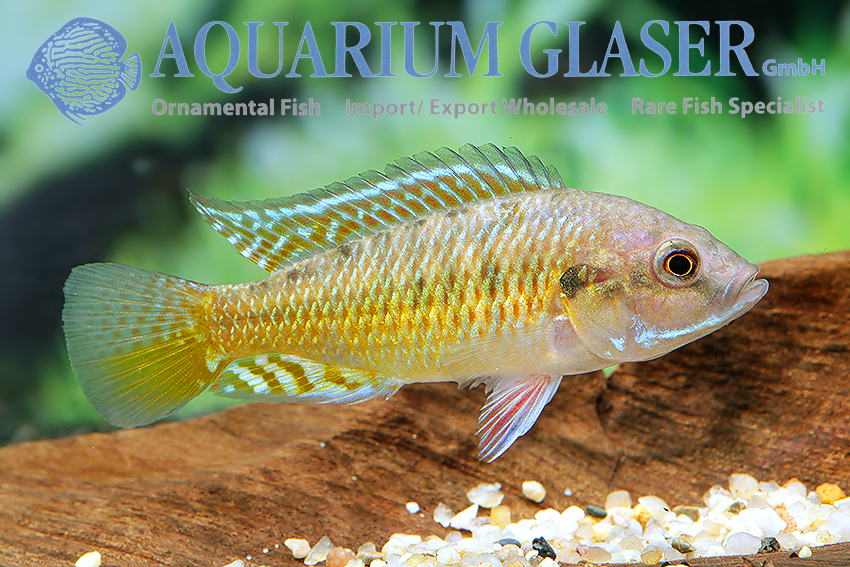
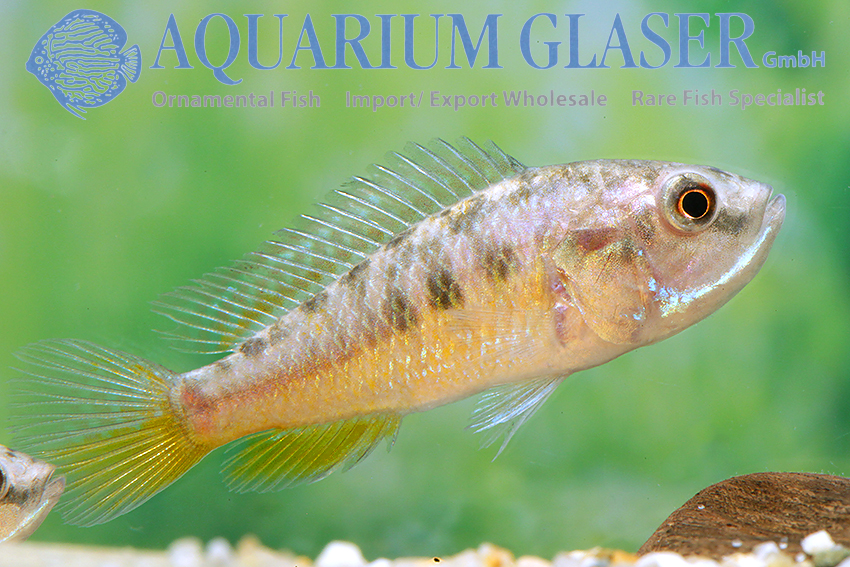
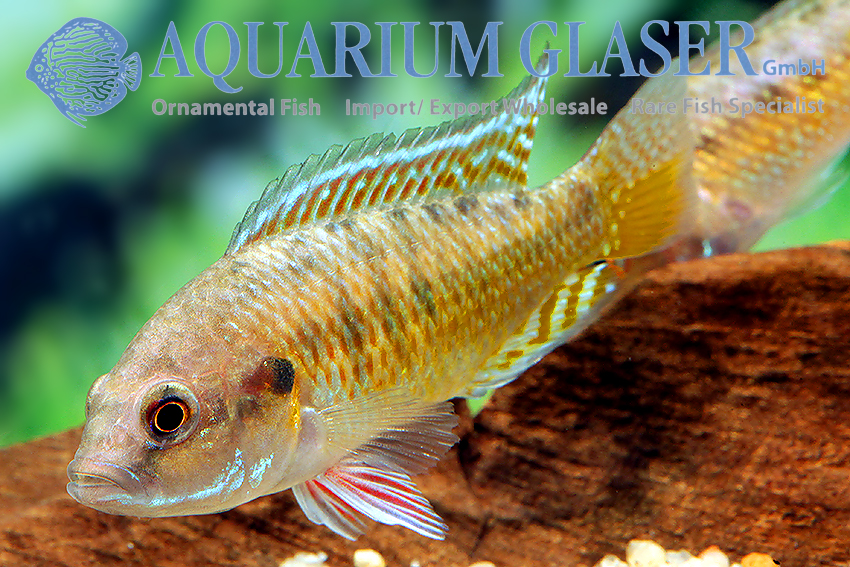
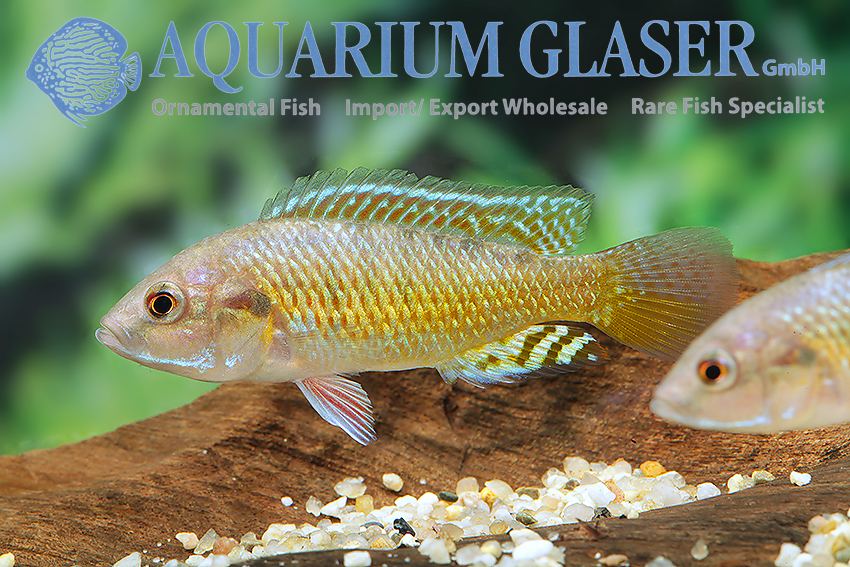
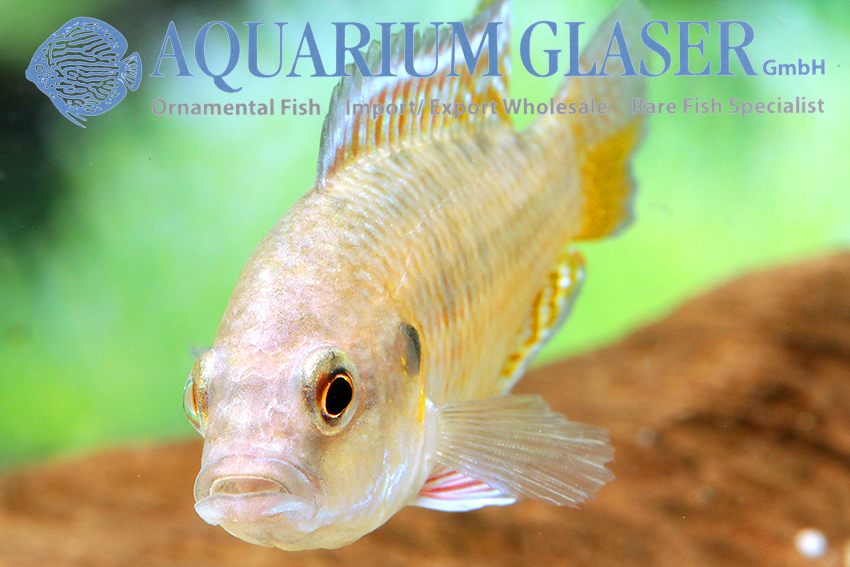
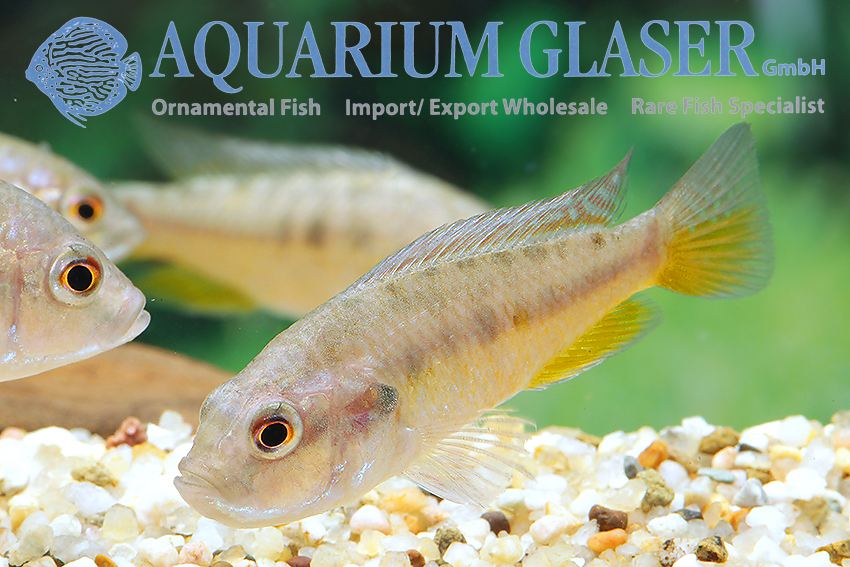
In comparison, the systematics of Pseudocrenilabrus are in serious disarray. The species presented here has not yet been scientifically studied. It was probably first discovered by Lothar Seegers in the upper catchment of the Ruaha River on one of his Tanzania expeditions in 1996, brought back with him and presented in the literature. We do not know whether the animals on the market today are still descendants of this first import. There are no commercial exports from this region of Tanzania, but from time to time Killians (i.e. enthusiastic killifish keepers) stray into this corner of the world. It can therefore not be ruled out that a few specimens were brought back to Europe or the USA after 1996.
Pseudocrenilabrus sp. Ruaha is a typical dwarf mouthbrooder. The males are fully colored and sexually mature at 5-6 cm, females are 1-2 cm smaller. In large aquaria the animals can certainly grow a little. The sexes can be easily distinguished by the coloration of the anal fin, which is striped in the males and without markings in the females. The anal fin pattern also reliably distinguishes P. sp. Ruaha from other Pseudocrenilabrus species. The vertical stripes, which the animals often show due to their mood, are also striking.
Care and breeding do not differ from the well-known species P. multicolor, which is why we will not go into more detail here.
For our customers: the animals have code 567062 on our stocklist. Please note that we only supply the wholesale trade.
Text & photos: Frank Schäfer




